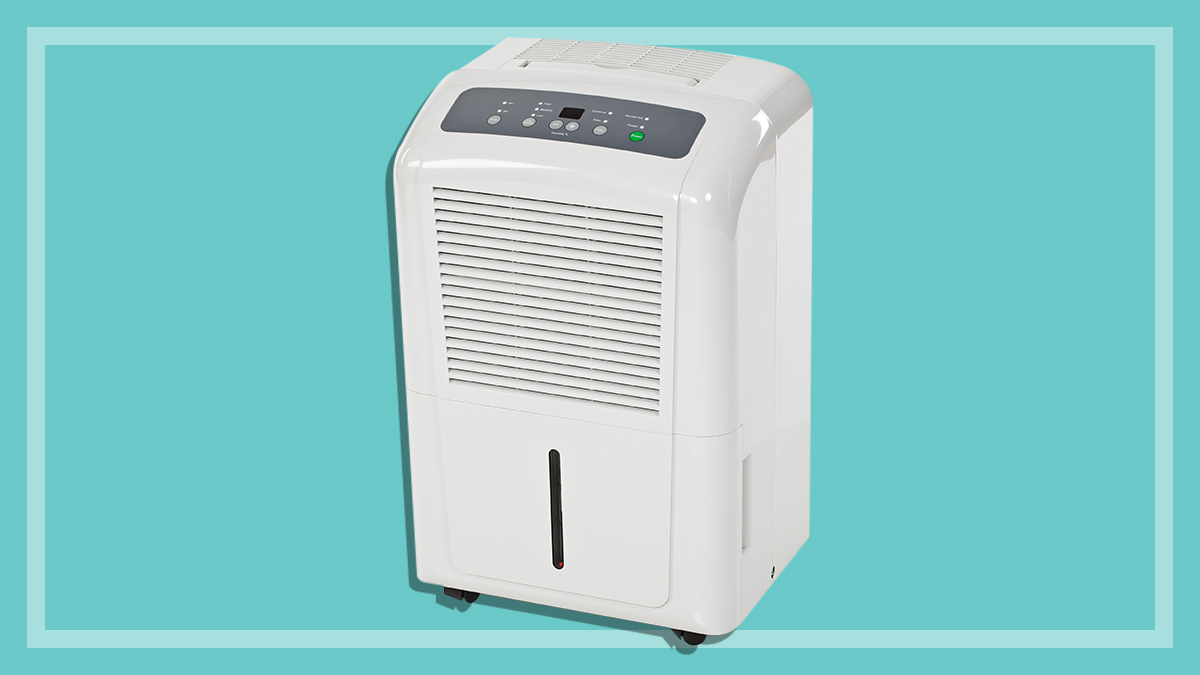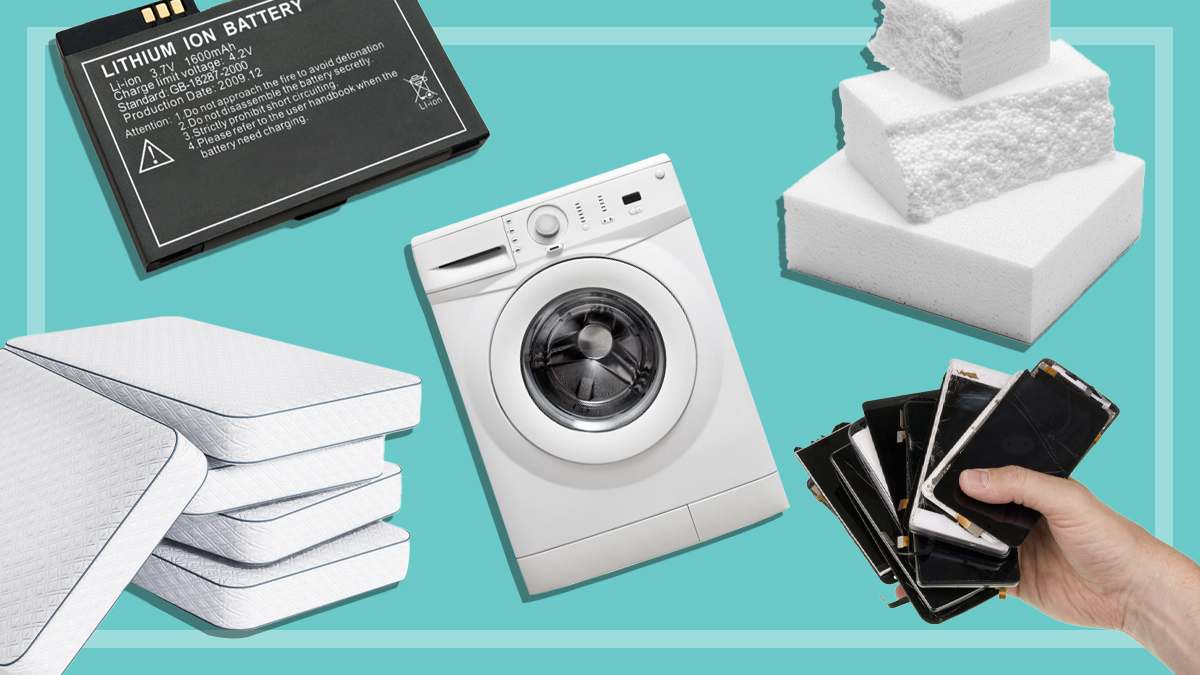Get our independent lab tests, expert reviews and honest advice.
Is this what 25 years of shrinkflation looks like?

Need to know
- Photos of a popular soap product bought at least 25 years ago reveal how this common item has become smaller and more expensive
- It’s the latest example of shrinkflation we’ve uncovered following tip-offs from our members and the public
- With shrinkflation continuing to frustrate consumers, we’re suggesting ways the government can make it easier to spot
CHOICE member Alan Wheeley has been using Palmolive’s Gold Soap bars “for years and years”.
But one day in August, while poking around his Brisbane home, he made a surprising discovery.
“I found a couple of cakes of the original Palmolive Gold soap from around the late 1990s and I realised that they were a lot larger than the current stuff,” he recalls.
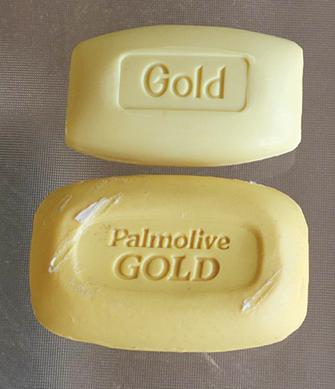
Reaching for a freshly bought bar of the soap for comparison, Alan’s suspicions were quickly confirmed – placed side by side with one of the older versions, his recent purchase was noticeably smaller.
Hard proof can be seen when taking a closer look at one of the older soaps still in its original wrapping – its packaged weight is listed as 125g.
Palmolive’s iconic bars of soap are currently only 90g when packaged, meaning the product has become 28% lighter since Alan’s earlier version was produced.
In the decades he’s been buying Palmolive Gold, Alan says he hasn’t noticed the product become cheaper.
In fact, the old soap still in its original packaging came with a price tag proclaiming 94 cents for two bars.
Palmolive Gold soap is now most commonly sold in packs of four, which retail for $5 at major supermarkets, meaning that as the bars have shrunk, they’ve increased in price from 47 cents to $1.25 each.
25 years of shrinkflation laid bare
Alan doesn’t know exactly how old the larger soaps are, but the fact that a passion for the product runs in his family has helped him put a rough date on the items.
“The soap was originally used by my mother, to put into drawers of woollens and things like that to stop them being eaten by moths,” he explains.
“She passed away in 2000. So therefore the soap is older than the year 2000.”
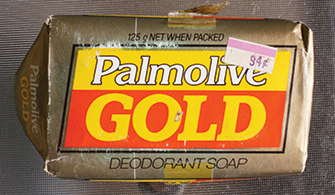
Alan’s discovery serves as an example of 25 year’s worth of shrinkflation – the phenomenon where a product shrinks, but stays the same price or becomes more expensive.
Of course, a price increase over two and a half decades is largely inevitable. But even adjusted for inflation since 2000, shoppers are paying roughly 90% more per 100g of Palmolive Gold than they were 25 years ago.
“When you see that sort of thing happening very gradually, you don’t notice the slight changes in things,” Alan says.
“But when you go back and see something that’s from 25, maybe 30 years ago, you suddenly realise just how much the manufacturers have messed with you.”
In response to questions from CHOICE, Palmolive Gold soap maker Colgate-Palmolive confirmed their product has shrunk over the years.
But the company said there hadn’t been any further cuts since 2012, when the bars were reduced to their current 90g due to increasing manufacturing and ingredient costs.
A spokesperson said the company is conscious of price pressures on consumers and works to ensure their product offers “comparable value to other similar products in the marketplace, while upholding our high standards for quality and effectiveness”.
Shoppers seeing products get smaller
Since 2022, CHOICE has seen shrinkflation occur in everything from daily staples like breakfast cereals and pet foods, to more occasional purchases like Easter chocolates and Christmas treats.
We continue to hear from members like Alan and the broader public who are frustrated about the shrinkflation they’ve seen affecting their favourite products.
Products recently targeted with shrinkflation allegations include boxes of tea bags, supermarket roast chickens and chocolate (a repeat offender).
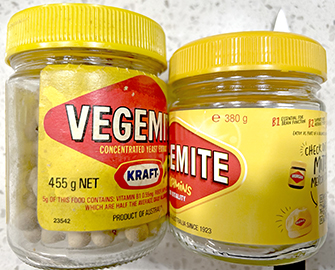
Other member tip-offs, while not technically shrinkflation, have nonetheless shed light on how the sizes of popular Australian products have changed over the decades.
One CHOICE member recently shared photos of a jar of Vegemite purchased sometime before 1996 sized at 455g.
The regular version of the iconic spread is no longer sold in these portions (the closest current jar size being 380g), but 560g jars can still be found on shelves.
Supermarket shrinkage a growing issue
Shrinkflation has always been hard to spot, but thanks to the keen eyes of CHOICE members like Alan, it’s gaining momentum as an important issue in national consumer affairs.
Last year, supermarket executives were grilled by the ACCC about their involvement in the practice after our investigations uncovered several of their homebrand products that had shrunk and become more expensive.
In turn, politicians have promised to help consumers spot shrinkflation wherever it occurs.
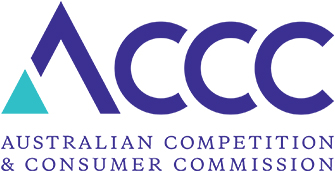
In March this year, the federal government welcomed an ACCC report which recommended supermarkets be required to notify shoppers when a product has undergone shrinkflation.
Similar requirements have already been put on grocery retailers in some countries overseas, including France.
The government is now considering making grocery retailers here display shrinkflation notices as well, as part of changes to our national unit pricing code.
The Federal Treasury has recently been seeking feedback on what information these notices could contain, how long they might have to be visible for, and which products could be required to have them, among other considerations.
CHOICE has put forward its views in a submission to the Treasury’s consultation.
“Shrinkflation notices should be clear and prominent, and displayed on shelves and online,” says Andy Kelly, CHOICE deputy director of campaigns and communications.
“They should be in close proximity to the selling price for a period of time that’s long enough for most regular shoppers to notice the change.”
Kelly says the notices will hopefully lead to more people checking unit prices (the cost of a product by units such as 100ml or 100g) and noticing how alternative brands or pack sizes could offer better value for money.
Have you seen examples of shrinkflation? Let us know by contacting campaigns@choice.com.au or the author.

